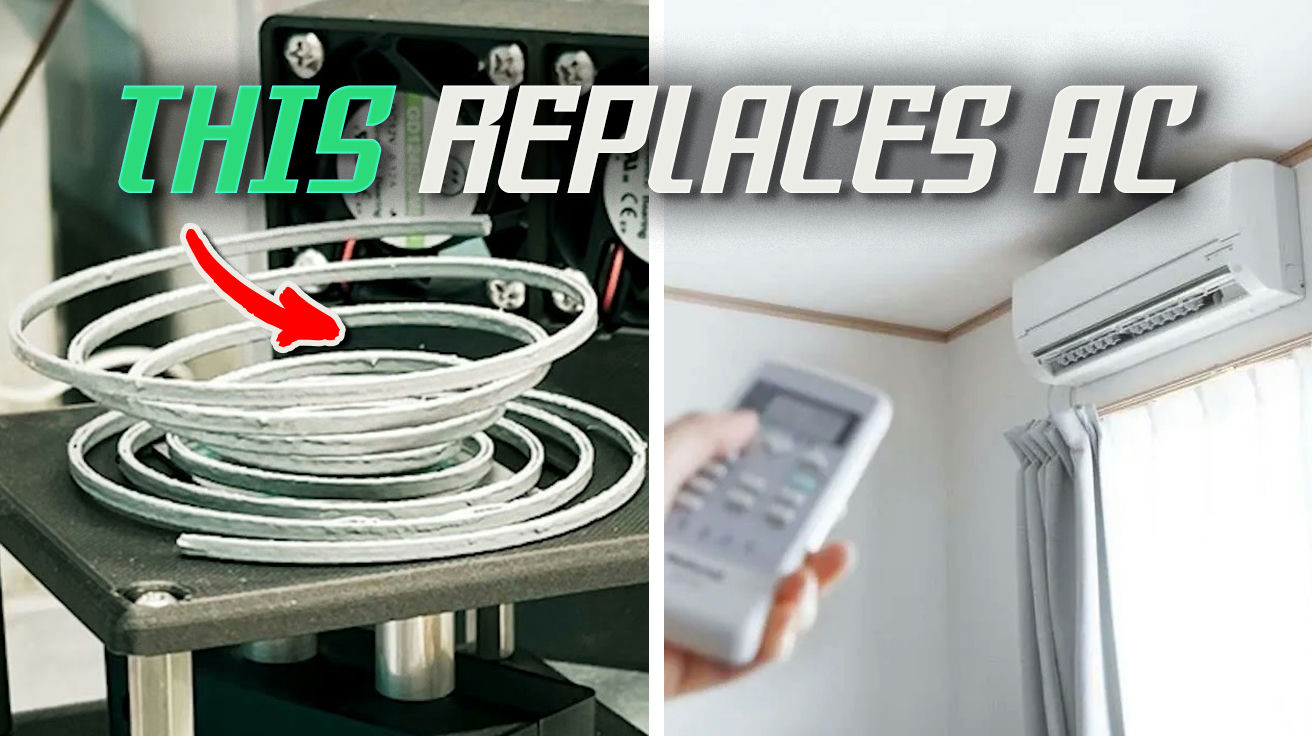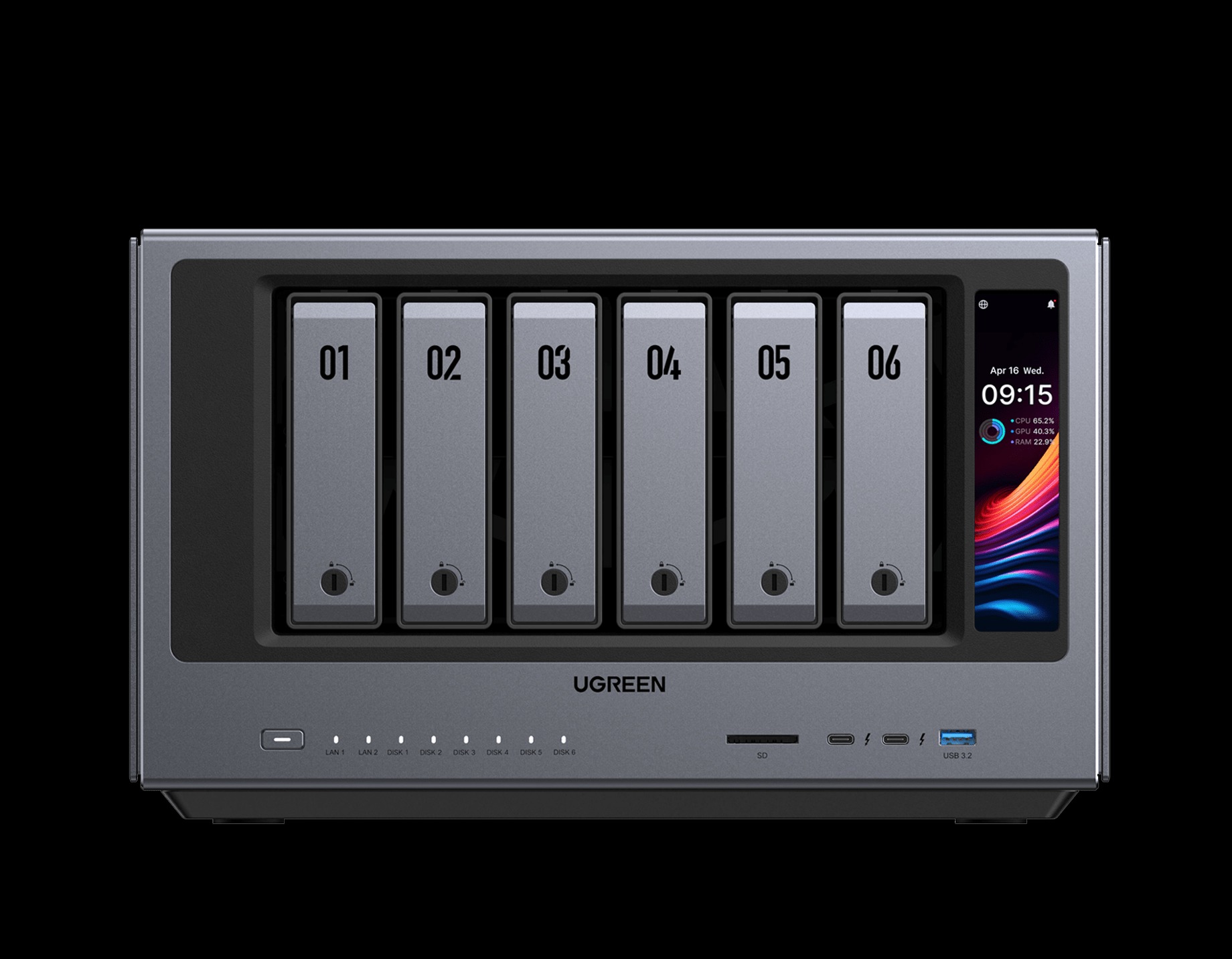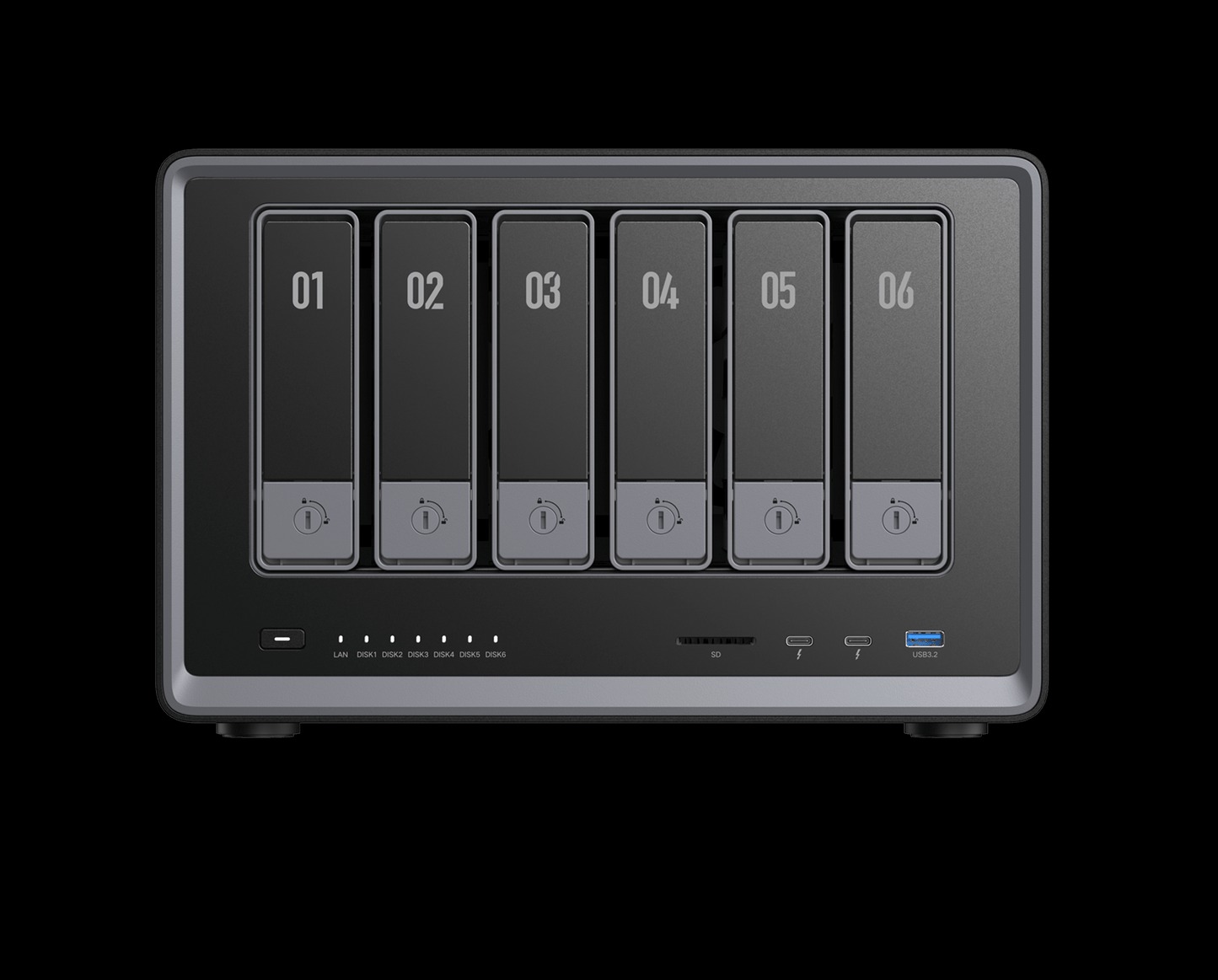Traditional air conditioning systems are systematically destroying our planet while draining your wallet. These energy-hungry machines leak refrigerants with global warming potential thousands of times worse than carbon dioxide, while consuming roughly 20% of global electricity every year.
Elastocaloric cooling technology ends this environmental disaster entirely by using solid materials that cool through mechanical stress rather than harmful gases. Zero chemical leaks mean zero ozone damage—your summer comfort no longer requires sacrificing the planet’s future.
8. Shape-Memory Alloys Lead the Revolution

Shape-memory alloys deliver cooling without a single drop of harmful refrigerant entering the equation. Stretch this nickel-titanium alloy, and molecular structures shift to release heat significantly. When you release the tension, crystalline arrangements snap back while absorbing surrounding heat dramatically.
Medical device manufacturers have proven Nitinol’s commercial viability through decades of use in stents and orthodontic braces. Heat transfer happens instantaneously without compressors grinding in your backyard or refrigerants slowly poisoning atmospheric layers. Simple mechanical action delivers cooling power through nature’s own design principles efficiently.
7. Vapor Compression Technology’s Fatal Flaws

Current cooling systems drain your budget while accelerating climate change through fundamentally wasteful design. Compression cycles force refrigerants through endless loops of inefficiency while gases inevitably escape into our atmosphere, where they trap heat for decades to come.
Mechanical stress solves these problems by heating and cooling solid materials without requiring dangerous refrigerants. Environmental impact drops to zero since no greenhouse gases enter the equation, and the technological leap resembles abandoning coal-fired power plants for clean solar energy systems entirely.
6. Molecular Transformations Power Practical Cooling

When molecular structures dance between phases, practical cooling happens faster than you can blink. At rest, molecules organize in stable martensite formations until mechanical stress converts them into heat-releasing austenite structures.
Removing stress triggers the reverse conversion as molecules snap back to martensite while absorbing heat from surrounding air. Temperature drops reach up to 17°C from starting points, delivering enough cooling power to change sweltering rooms into comfortable spaces.
Pure solid-state physics provides practical temperature control without environmental consequences or chemical complications whatsoever—a testament to the ingenious inventions you didn’t know existed that are setting new standards for sustainable innovation.
5. Research Prototypes Prove Commercial Viability

Lab breakthroughs just proved this technology works in real-world conditions, not just theoretical calculations. Saarland University engineers developed bundled wire configurations operating like artificial muscle fibers under controlled mechanical stress patterns throughout testing phases.
University of Maryland researchers achieved 200 watts of cooling power through scaled-up designs that demonstrate real-world application potential. Each breakthrough brings consumer products closer to market reality while proving efficiency levels that match conventional air conditioners completely. Commercial availability timelines suggest products could reach consumers within several years of continued development, joining the ranks of other life-changing inventions currently transforming daily life.
4. Outperforming Alternative Solid-State Methods

If you’re frustrated with expensive cooling alternatives, simple mechanical force gives elastocaloric systems decisive advantages. Thermoelectric cooling performs poorly at room temperatures where most cooling applications operate daily.
Simple mechanical force gives elastocaloric systems decisive advantages over competing technologies while using readily available materials that won’t break budgets easily. Manufacturing costs stay reasonable without exotic components or specialized magnetic assemblies that complicate production processes. International testing confirms stronger cooling effects than alternative solid-state approaches, translating directly into lower consumer prices overall.
3. Efficiency Metrics That Matter to Your Bills

Cooling efficiency just improved by matching conventional systems while producing zero harmful emissions. Early elastocaloric prototypes already match these efficiency levels while removing all refrigerant emissions that damage atmospheric chemistry significantly.
Theoretical performance reaches COP values near 20, though practical systems currently perform lower when actuator power requirements factor into calculations. Simpler mechanical designs require fewer maintenance interventions over operational lifespans compared to complex vapor compression systems entirely. Advancing actuator technology continues pushing overall efficiency toward theoretical limits that dwarf current cooling methods.
3. Engineering Solutions Address Technical Barriers

Wire fatigue once threatened this technology’s future, but composite alloys now last significantly longer while stress distribution innovations extend operational life through improved mechanical design approaches.
Actuator power consumption represents another challenge being systematically resolved through more efficient mechanical systems and control algorithms. Heat transfer optimization continues improving to move cooling effects precisely where needed most effectively throughout operation. Research teams recognize these as solvable engineering problems rather than fundamental technological barriers preventing commercial success.
2. Environmental Impact Through Zero-Refrigerant Operation
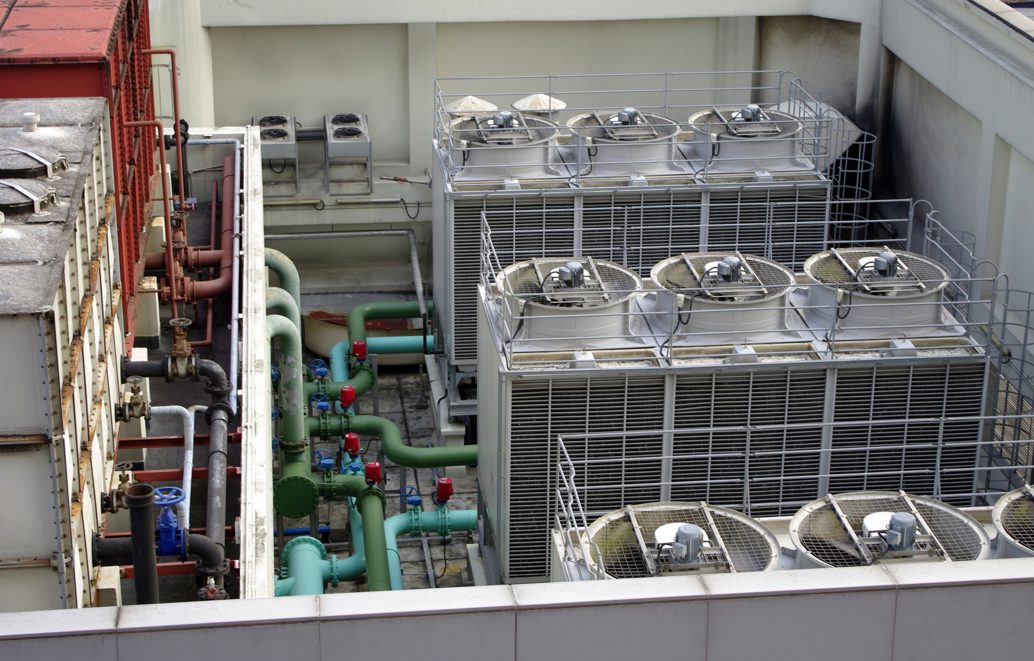
Zero refrigerants means zero atmospheric damage throughout the system’s entire operational lifespan. Complete removal of refrigerants prevents this environmental damage through solid-state operation that requires no chemical coolants.
Metal alloys used in elastocaloric systems are stable, recyclable, and environmentally benign throughout their operational lifespans. Quieter operation results from removing compressors that constantly cycle on and off throughout daily use patterns. Scaling from prototypes to commercial installations multiplies environmental benefits across every application that adopts this technology.
1. Sustainable Cooling Without Performance Compromise
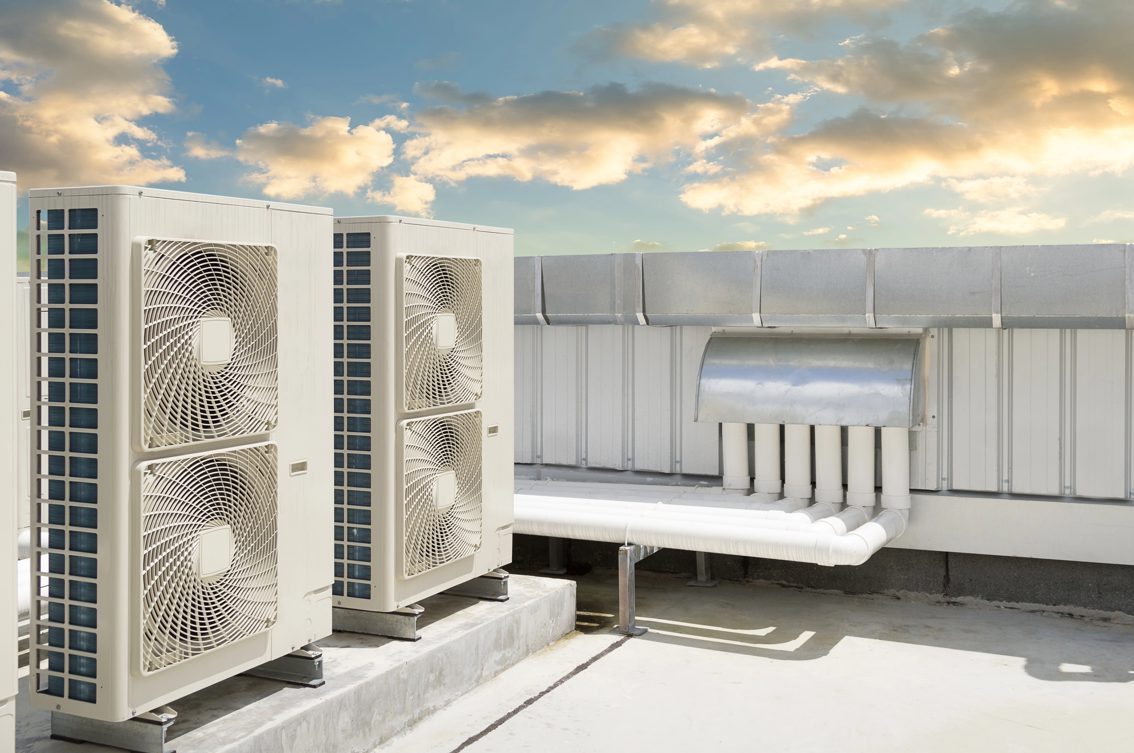
Choosing between comfort and climate responsibility just became unnecessary with technology that delivers both. Performance and sustainability work together rather than fighting each other through elegant engineering that respects both human needs and planetary health.
Commercial applications targeting residential, automotive, and data center markets could revolutionize cooling approaches across multiple industries. Research progress toward market-ready products represents genuine technological advancement that benefits consumers and the planet simultaneously without requiring sacrifices from either side of the equation.


